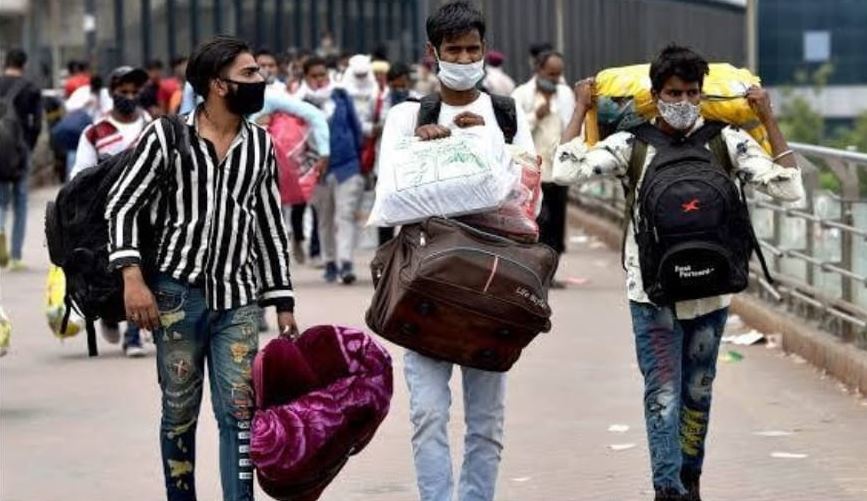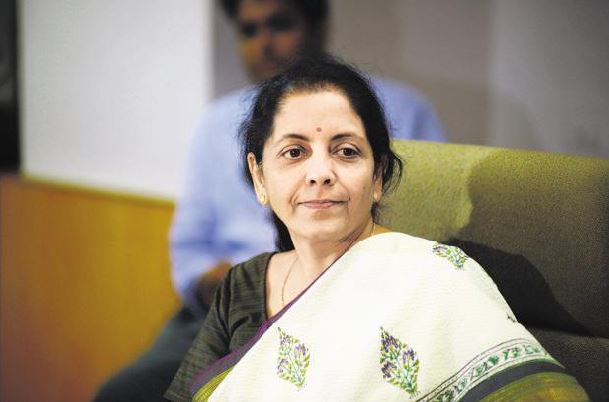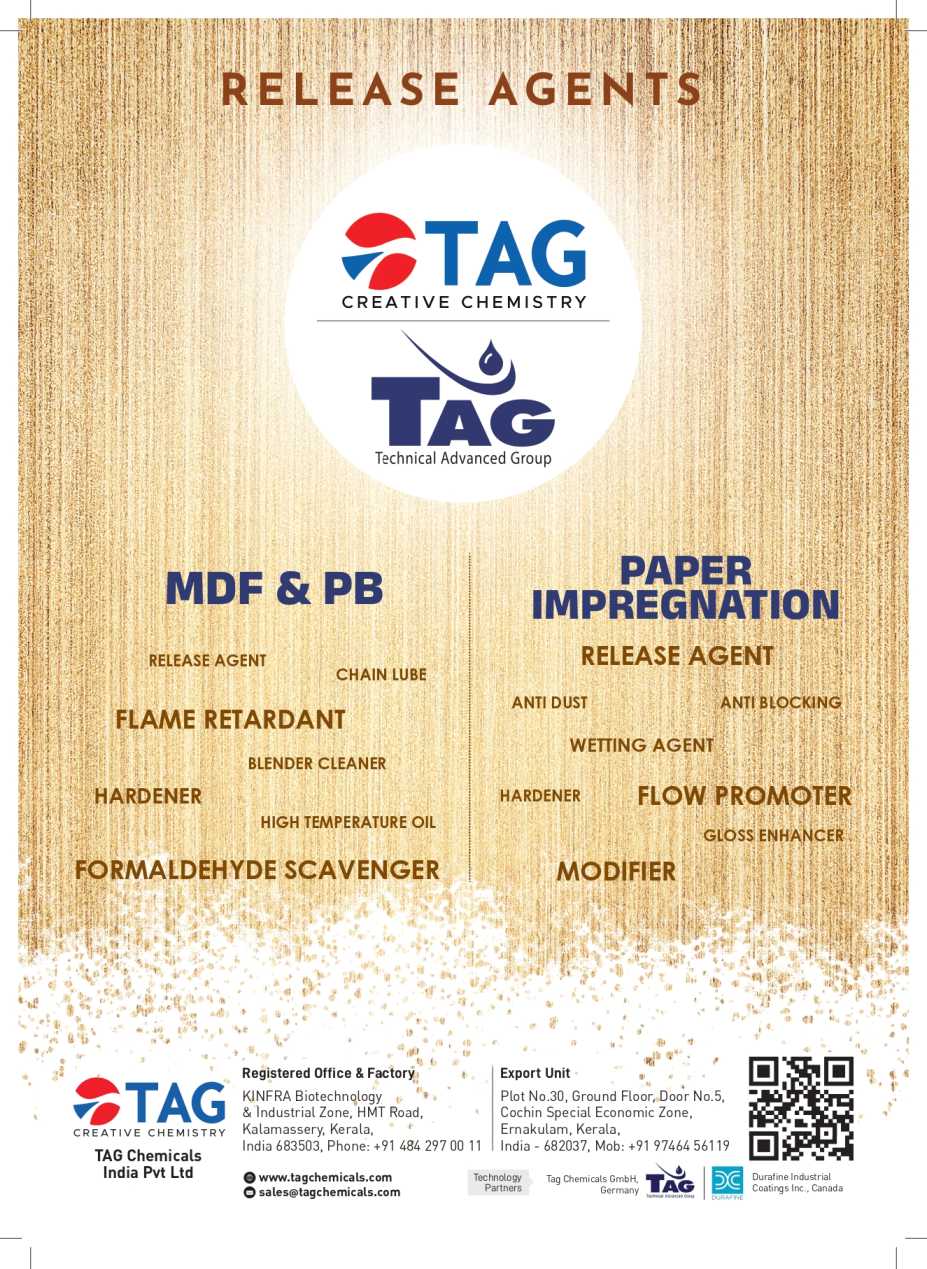
Schools for scandal: No silver-bullet solution
- अप्रैल 23, 2020
- 0
Schools for scandal: No silver-bullet solution
for India’s financial sector
In India’s age of financial scandal, with YES Bank and the incredible Rana Kapoor in focus, no questions are being asked of its board of directors and senior management. It’s no different with the 2018 collapse of IL&FS; key players have not yet been questioned, let alone prosecuted. Indeed, India’s prosecutorial establishment would collapse under system overload if all the mountebanks in the system had to be brought to justice.
So whom do you trust with your money, if a single individual can bring down a longstanding firm – as can happen only in the financial world? Remember the collapse of Barings because of a solitary rogue trader in Singapore. In the opposite scenario, why do regulators stand by while a whole institution gets corrupted? Consider the venerable Deutsche Bank, once a pillar of the German establishment. As David Enrich has detailed in his newly-released Dark Towers, Deutsche Bank was involved in everything from money laundering and manipulating markets to violating international sanctions, and from getting into bed with Russian oligarchs to bribing public officials while deceiving governments and regulators.
As Indian savers and investors are learning, the financial world is a dangerous place. Banks can collapse, markets can be rigged, investment instruments can become worthless overnight, auditors can fail to blow the whistle, board directors can be asleep, and regulators can be incompetent. But why worry, when Indians have their safe harbour: the public sector banks? Except that building that safe harbour costs money, lots of it. When the state-owned banks ran into trouble five years ago, the government announced what it called the most comprehensive reform package since the 1969 bank nationalisation. The announced cost was Rs 70,000 crore. Five years later, the government has pumped in five times that sum, with more likely to come. Savers have their safe harbour so long as the taxpayer picks up the bill.
In any case, private banks are safe, too, since India has no appetite for bank failure. A number of private banks have disappeared into the embrace of other banks, sometimes voluntarily but mostly not: Global Trust Bank, Centurion Bank, Times Bank, etc. Fortunately, they were small banks that could be digested. What if the system were really tested? Already, the government finds it has no fiscal room for a war-chest.
It has been said that what the system needs are better managers, so the public sector banks should hire from the private sector. Perhaps, but Rana Kapoor spent many years in Bank of America; he was succeeded at YES by a hapless official from Deutsche Bank; and IL&FS was run by an ex-Citibanker.
When multiple and varied shenanigans put trust at a discount, there is no silver-bullet solution. Instead, boring things need to get done, like improving market intelligence and responding to early warning signals, improving accountability and the efficacy of prosecution, understanding structures and inter-dependence. Only then will confidence get rebuilt. So the Reserve Bank has much to think about, apart from questions to answer. Still, when “the main thing about money”, as the one-liner in Wall Street goes, “is that it makes you do things you don’t want to do”, the financial world is always ripe for the next scandal.
वित्तीय जगत और घोटाले
यदि येस बैंक और राणा कपूर को ध्यान में रखते हुए देश के वित्तीय घोटालों की बात की जाए तो बैंक के निदेशक मंडल और वरिष्ठ प्रबंधन से कोई सवाल नहीं पूछा जा रहा है। यह मामला वर्श 2018 में आईएलऐंडएफएस के पतन के मामले से कतई अलग नहीं है। इससे जुड़े बड़े खिलाड़ियों से अब तक कोई सवाल तक नहीं किया गया है, अभियोजन की बात तो दूर है। यदि देश में सभी धोखाधड़ी करने वालों के खिलाफ मामला चले तो अत्यधिक दबाव के चलते देश में अभियोजन की व्यवस्था की चरमरा जाएगी। जैसा कि वित्तीय जगत में हो रहा है, यदि एक व्यक्ति अकेले ही एक बड़ी फर्म को ध्वस्त कर सकता है तो ऐसे में अपने पैसे के लिए किसा पर यकीन किया जाए? प्रश्न यह है कि जब तक पूरा संस्थान भ्रष्ट हो जाता है तो उस दौरान नियामक क्या कर रहा होता है?
देश के जमाकर्ताओं और निवेशकों को अब पता चल रहा है, वित्तीय जगत बहुत खतरनाक स्थान है। बैंकों का पतन हो सकता है, बाजार से छेड़छाड़ की जा सकती है, निवेश संबंधी उपाय रातोरात महत्वहीन हो सकते हैं, अंकेक्षक चेतावनी देने से चूक सकते हैं, बोर्ड निदेशक असावधान हो सकते हैं और नियामक अक्षम साबित हो सकते हैं। परंतु चिंता करने की क्या बात है, क्योंकि भारतीयों के पास सरकारी बैंकों के रूप में सुरक्षित ठिकाने तो हैं ही? दिक्कत की बात केवल यह है कि इन सुरक्षित ठिकानों की अपनी लागत है और इसमें ढेर सारा पैसा लगता है। पांच वर्ष पहले जब सरकारी बैंकों में समस्याए शुरू हुई तब सरकार ने घोषणा की कि वह सन 1969 के बैंक राष्ट्रीयकरण के बाद का सबसे व्यापक सुधार पैकेज पेश कर रही है। सरकार ने 70,000 करोड़ रुपये का पैकेज घोषित किया। पांच वर्ष बाद सरकार उस राशि का पांच गुना बैंकों को दे चुकी है और अभी और राशि दी जा सकती है। बचतकर्ताओं का पैसा तब तक सुरक्षित है जब तक करदाता बोझ उठा रहे हैं।
ऐसी स्थिति में कोई राहत नजर नहीं आती। बाजार की समझ बढ़ाने और शुरूआती चेतावनियों पर ध्यान देने के साथ-साथ जवाबदेही बढ़ाने और अभियोजन में सुधार लाने, ढांचागत व्यवस्था और आंतरिक निर्भरता को लेकर समझ बढ़ाने की जरूरत है। केवल ऐसा करके ही भरोसा बहाल किया जा सकता है। पैसा एक ऐसी चीज है जो आपको वह करने पर मजबूर करता है जो आप नहीं करना चाहते। वित्तीय जगत में अगला घोटाला हमेशा तैयार रहता है।

































































